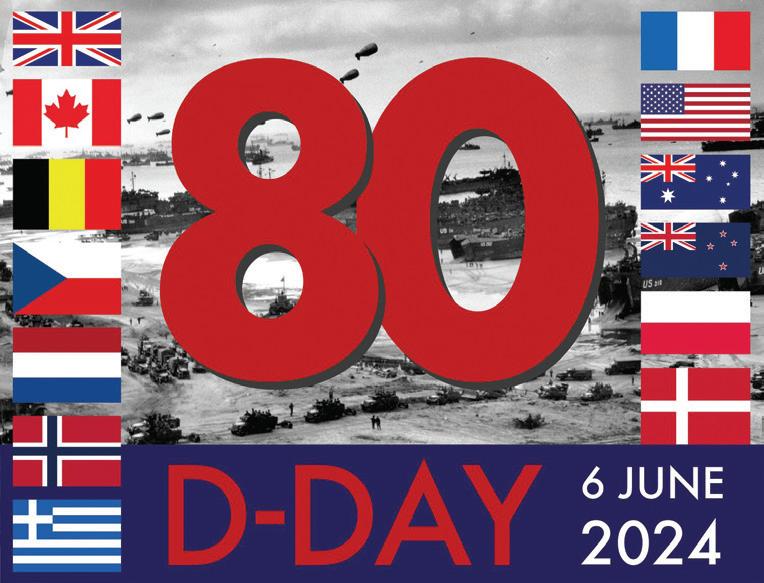
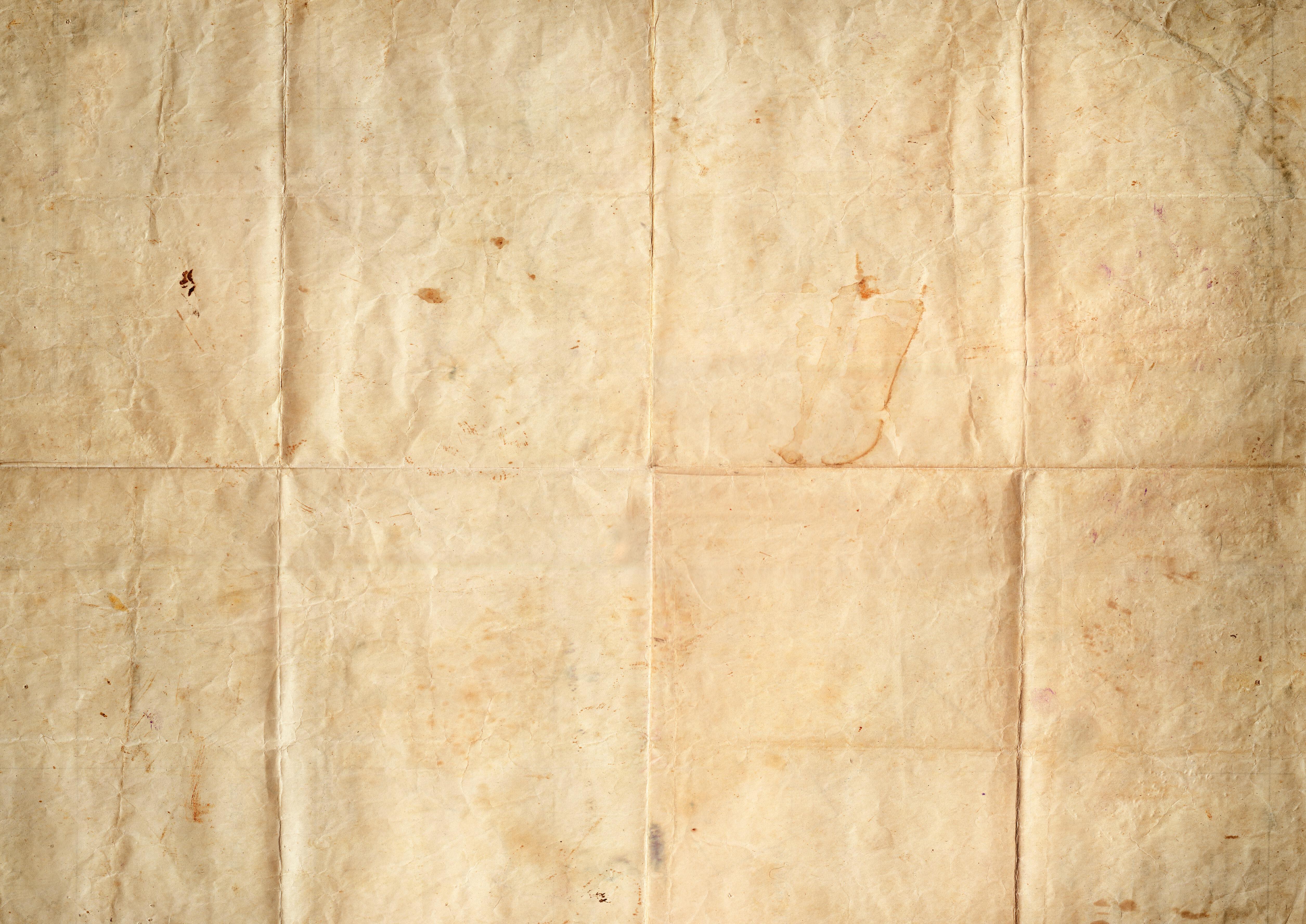
Thursday 6 June 2024 marks the 80th anniversary of D-Day when Allied forces mounted the largest naval, air and land invasion the world has ever witnessed.
Codenamed Operation Overlord, it marked the beginning of a long and costly campaign to liberate Europe from German occupation.
The events on 6 June 1944 saw around 4,000 ships and landing craft set down about 132,500 troops on five Normandy beaches. The Allied forces consisted primarily of American, British, and Canadian troops, but also included Australians, Belgians, Czechs, Dutch, French, Greeks, New Zealanders, Norwegians, Rhodesians, and Poles.

By the end of the day the Allies had gained a firm foothold along the French coast and were ready to begin their advance inland. Despite their success, some 4,000 Allied troops were killed by German soldiers defending the beaches.
D-Day did not bring an end to the war in Europe but it did signify, from that moment forward, that victory in Europe was in sight.
By August 1944, all of northern France had been liberated, and in spring of 1945 the Allies had defeated the Germans.
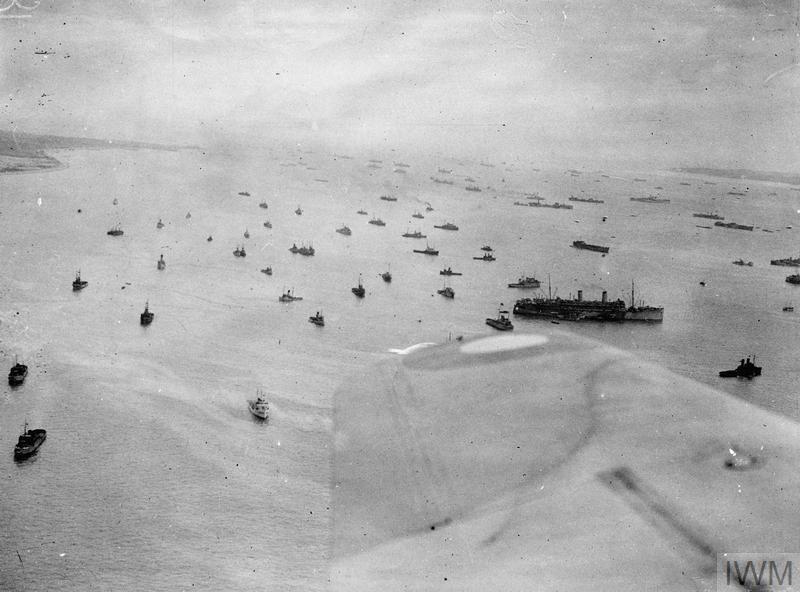
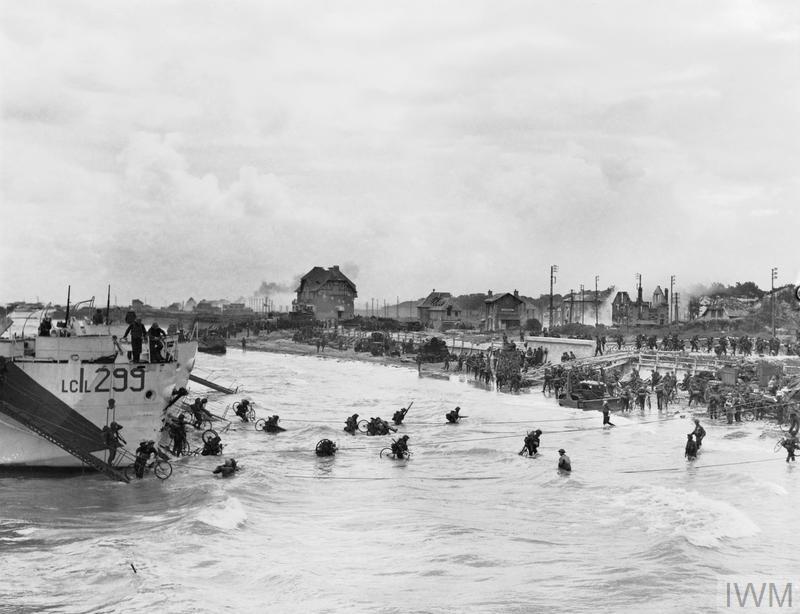
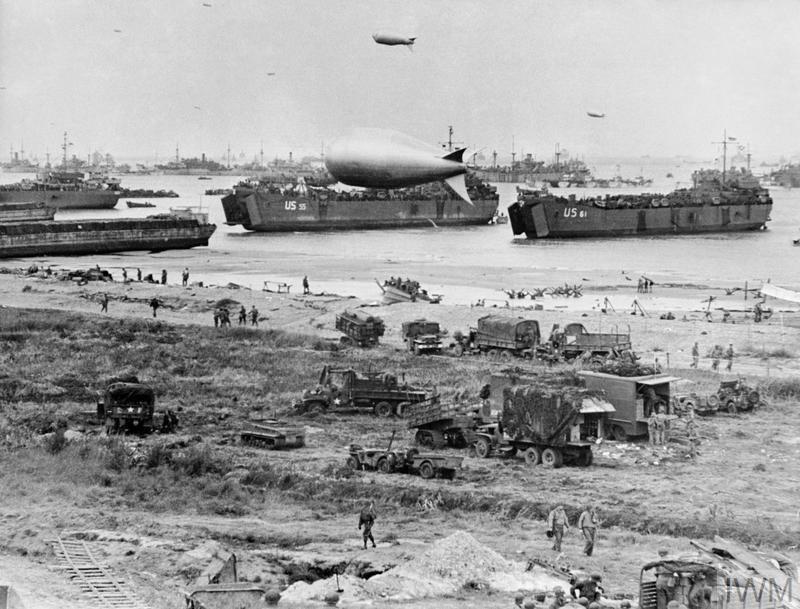
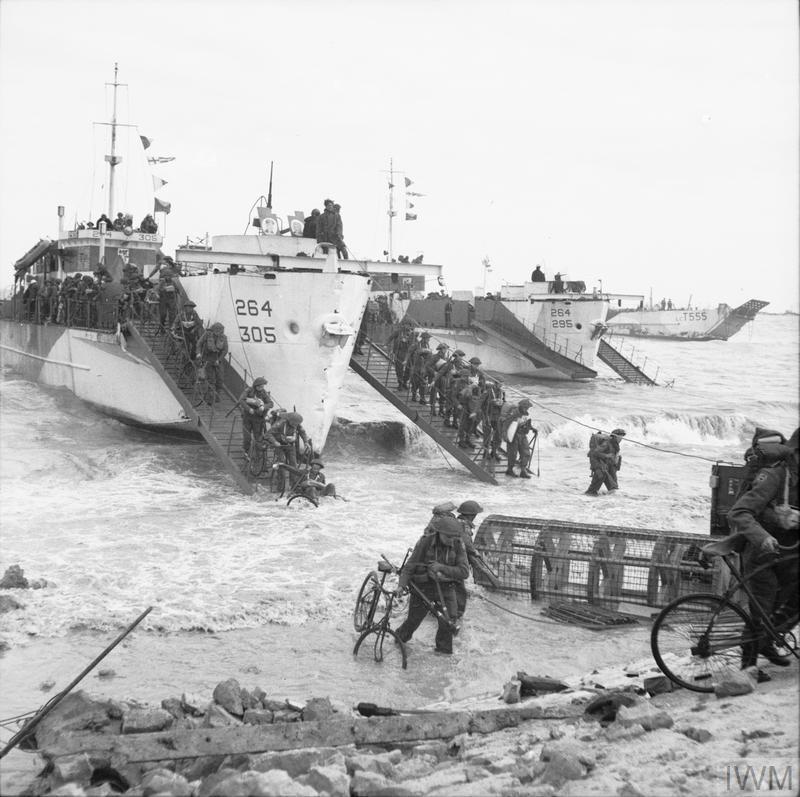 Troops of 9th Canadian Infantry Brigade disembarking with bicycles from LCI(L)s (Landing Craft Infantry Large) onto Nan White beach, Juno area, at Bernieres-sur-Mer, shortly before midday, 6 June 1944. © IWM (A 23938)
Troops from 50th Division coming ashore from LSI(L)s, Gold area, 6 June 1944. © IWM (B 5261)
Aerial photograph of ships of the Royal Navy massing off the Isle of Wight before setting off for the Normandy beaches. © IWM (A 23720A)
The scene on Omaha assault area after the initial landings on 6 June 1944, showing naval vessels massed offshore. In the foreground, LSTs (Landing Ship Tank), which have grounded on the beach, are unloading directly onto the shore. © IWM (EA 26941)
Troops of 9th Canadian Infantry Brigade disembarking with bicycles from LCI(L)s (Landing Craft Infantry Large) onto Nan White beach, Juno area, at Bernieres-sur-Mer, shortly before midday, 6 June 1944. © IWM (A 23938)
Troops from 50th Division coming ashore from LSI(L)s, Gold area, 6 June 1944. © IWM (B 5261)
Aerial photograph of ships of the Royal Navy massing off the Isle of Wight before setting off for the Normandy beaches. © IWM (A 23720A)
The scene on Omaha assault area after the initial landings on 6 June 1944, showing naval vessels massed offshore. In the foreground, LSTs (Landing Ship Tank), which have grounded on the beach, are unloading directly onto the shore. © IWM (EA 26941)
Prior to D-Day Kent became the stage for one of the war’s greatest deception plans, codenamed Operation Fortitude
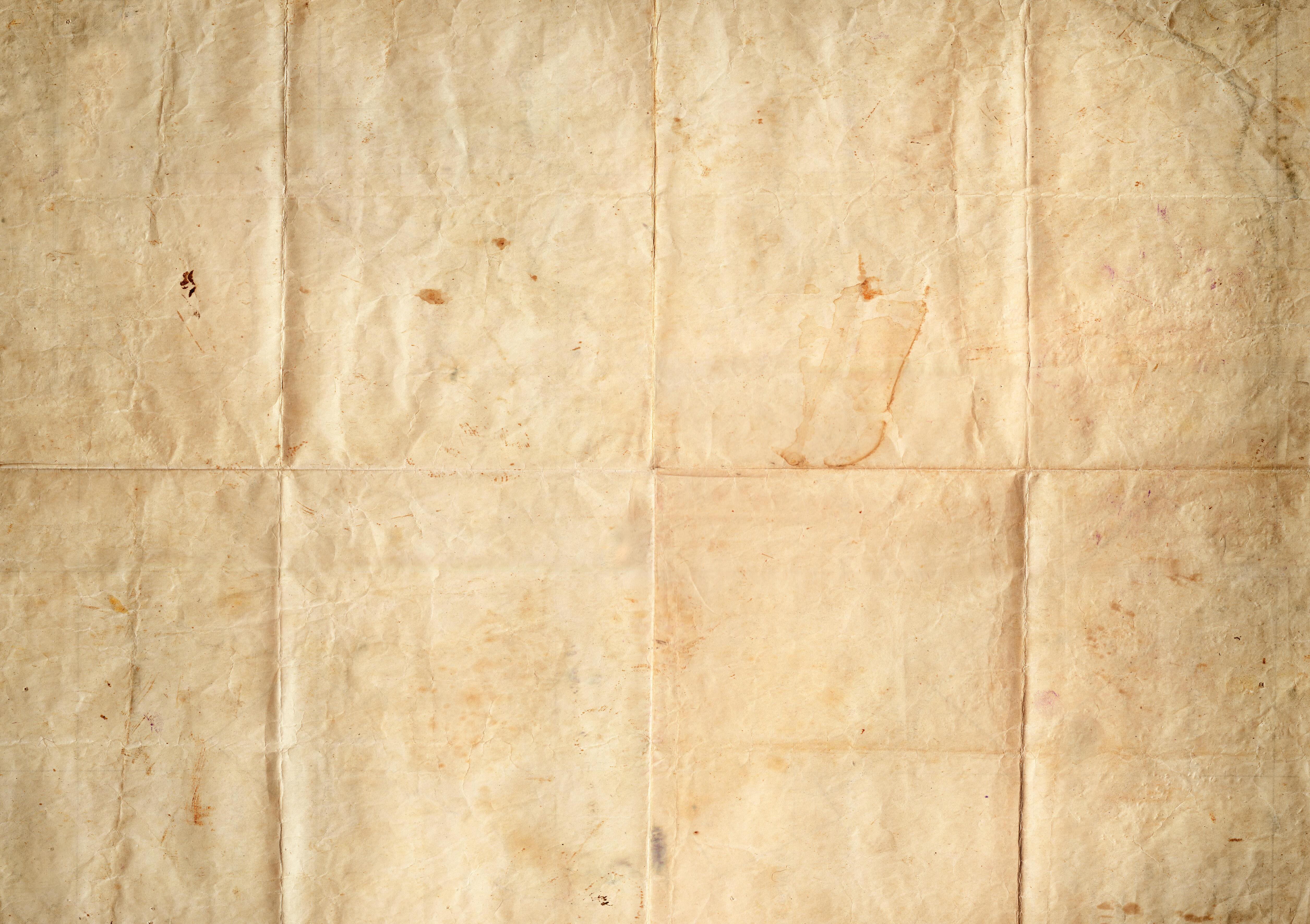
Operation Fortitude sought to deceive the Germans into thinking the D-Day invasion was going to be near Calais and not Normandy.
Extensive military preparations were made around Dover and throughout Kent, but much of this was fake. Phantom armies and mock airfields were built with dummy equipment including inflatable tanks, vehicles and wooden aircraft.
The Allies used double agents and leaked misinformation, even false radio transmissions were made, that led the Germans to believe there was going to be an invasion via Pas-de-Calais and Norway. The Germans took the bait and even after the D-Day landings the Germans held many of their best troops in the Calais area expecting a second invasion.
However, many of Kent’s real airfields played a crucial role. Small airfields known as Advanced Landing Grounds, were constructed and became an essential part of the war effort.

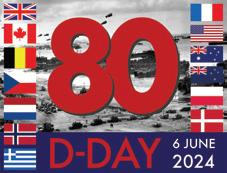
As the plans for the eventual Allied invasion of Europe were formulated, the need arose for further airfields in the South East to be used for a brief period only. A total of 23 were built, of which many were in Kent including Egerton, Great Chart, High Halden, Kingsnorth and Woodchurch. The airfields were used by the RAF, the Royal Canadian Air Force, and the United States Army Air Force.
Flying from the Kent airfields, in preparation for D-Day, the Allied fighter aircraft carried out countless raids over Europe and managed to establish overwhelming air superiority over Normandy. Between February and June 1944, intensive air attacks disrupted German rail traffic and hindered their ability to reinforce the area.
The RAF’s crucial role on 6 June included air reconnaissance, targeting the German Navy, and providing transport for paratroopers. Some 5,000 RAF aircraft supported D-Day operations, culminating in the liberation of Paris by 25 August 1944.
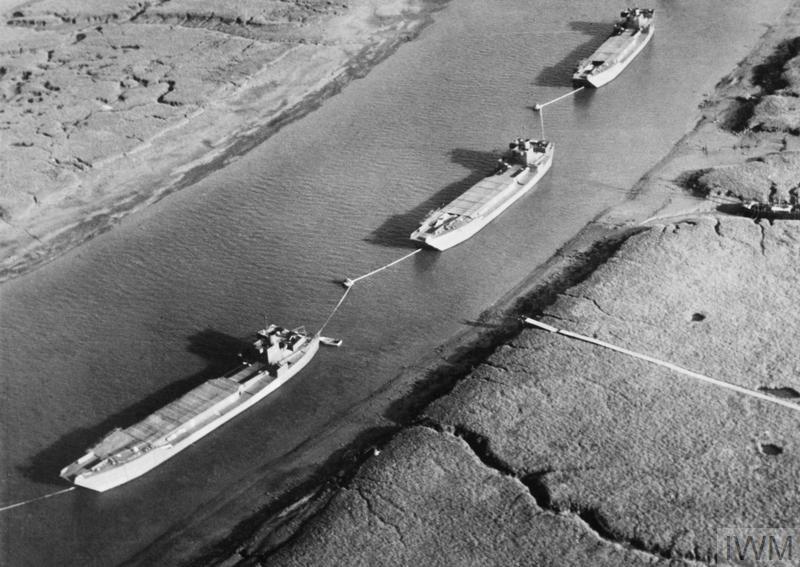

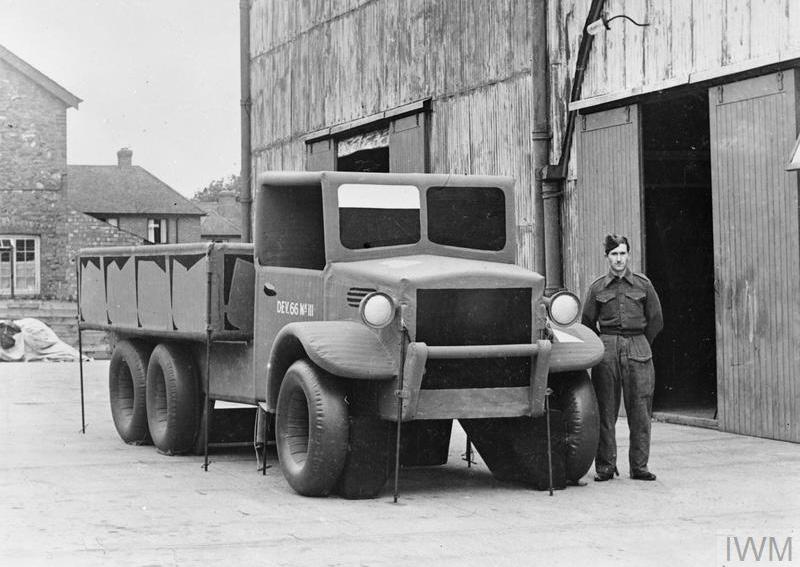
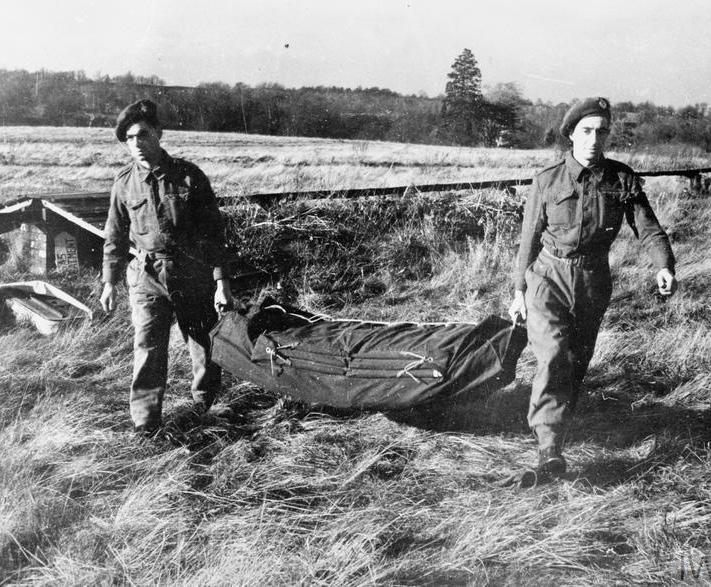 Inflatable 3-ton lorry. © IWM (H 42530)
Soldiers carrying a deflated Sherman decoy tank, this shows the compactness and lightness of the deflated decoy. © IWM (H 42535)
Inflatable Sherman tank. © IWM (H 42531)
Dummy landing craft used as decoys in south-eastern harbours in the period before D-Day. © IWM (H 42527)
Inflatable 3-ton lorry. © IWM (H 42530)
Soldiers carrying a deflated Sherman decoy tank, this shows the compactness and lightness of the deflated decoy. © IWM (H 42535)
Inflatable Sherman tank. © IWM (H 42531)
Dummy landing craft used as decoys in south-eastern harbours in the period before D-Day. © IWM (H 42527)
Kent has a great affiliation with the Spitfire, not only because it fought in the skies above Kent in the Battle of Britain, but also because the people of Kent donated money to purchase a squadron of Spitfires. In fact, Kent remains the only county in the UK to have paid for an entire RAF Squadron
The Spitfire, or Supermarine Spitfire, was the most widely produced and most strategically important singleseater aircraft of the Second World War. Along with the Hawker Hurricane, it is renowned for winning the Battle of Britain.
Reginald Mitchell of Supermarine Ltd designed the Spitfire in response to an Air Ministry specification calling for a high-performance fighter plane with an armament of eight wing-mounted 0.303-inch (7.7-mm) machine guns.
The Spitfire had a 1,000-horsepower Rolls-Royce engine (later dubbed the Merlin). The Merlin’s efficient supercharger gave the Spitfire exceptional performance at high altitudes. It could reach 34,000 feet (10,400 meters) with a top speed of 360 miles (580 km) per hour.
The Spitfire was faster and just as manoeuvrable as its German counterpart, the Bf 109, but with a higher altitude performance that provided the margin for victory.



Supermarine Ltd continued to develop versions of the Spitfire with progressively more powerful Merlins. In late 1943, Spitfires were produced with RollsRoyce Griffon engines developing as much as 2,050 horsepower, capable of top speeds of 440 miles (710 km) per hour and reaching 40,000 feet (12,200 meters) altitude.
Fifty-five squadrons of Spitfires participated in the D-Day invasion carrying out ground bombing missions. Spitfires were operated as spotters in support of the United States Navy and Royal Navy cruisers and battleships bombarding land targets.
By the war’s end, the Spitfire had been produced in over 20 versions with progressively better engines and weaponry. When production ceased in 1947, 20,334 Spitfires had been produced.
Fighter versions of the Spitfire were dropped from RAF service during the early 1950s, while photo-reconnaissance Spitfires continued in service until 1954.
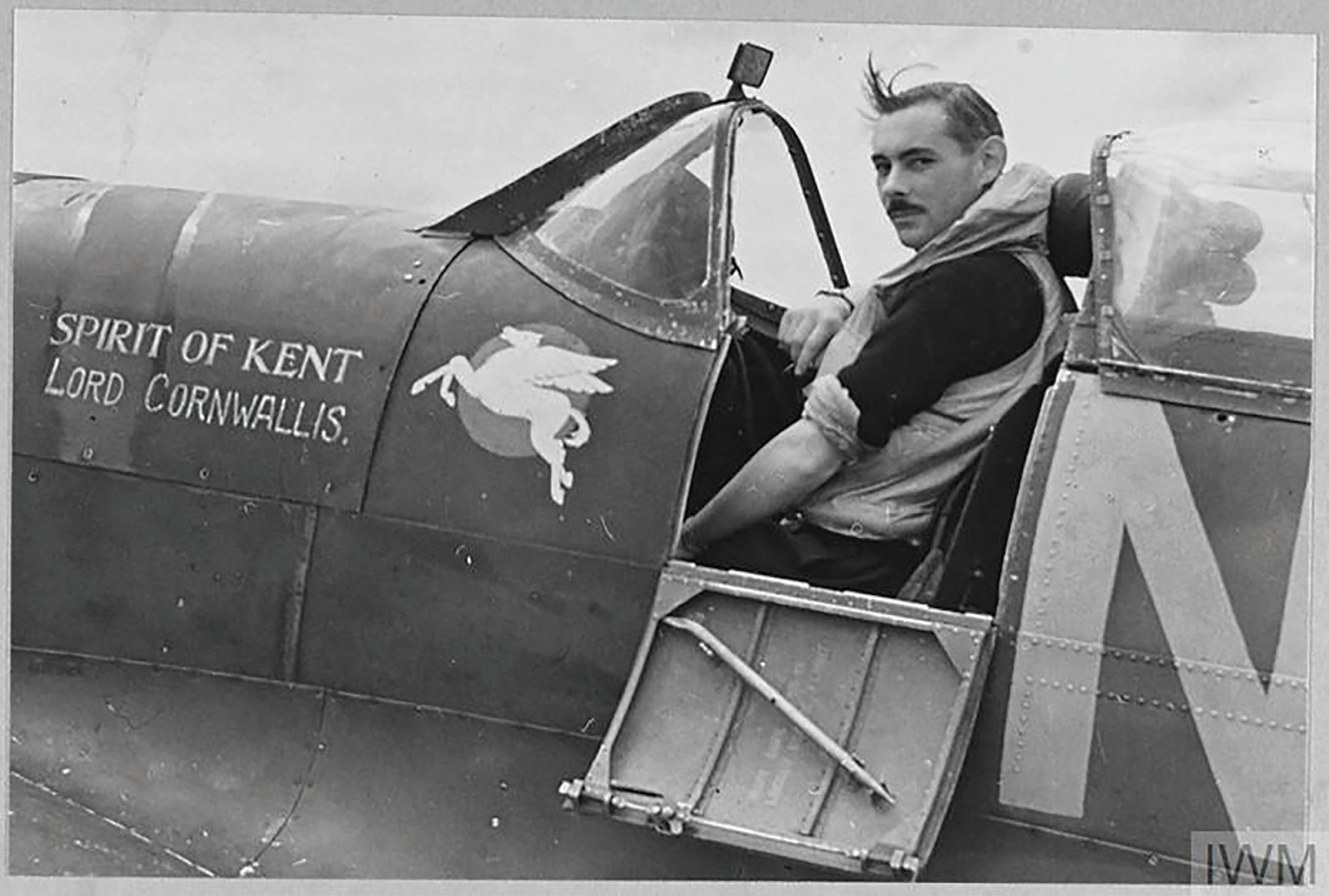
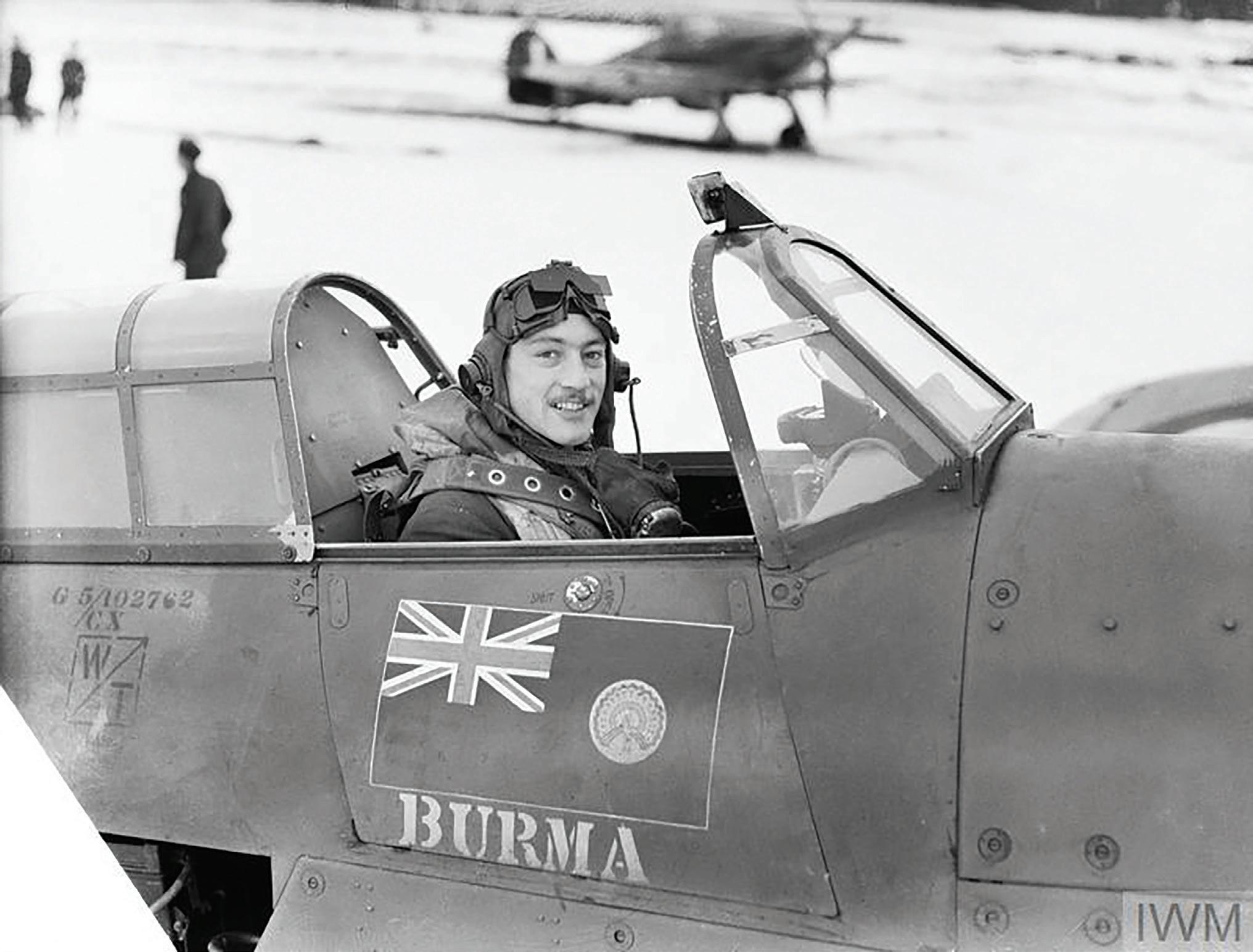
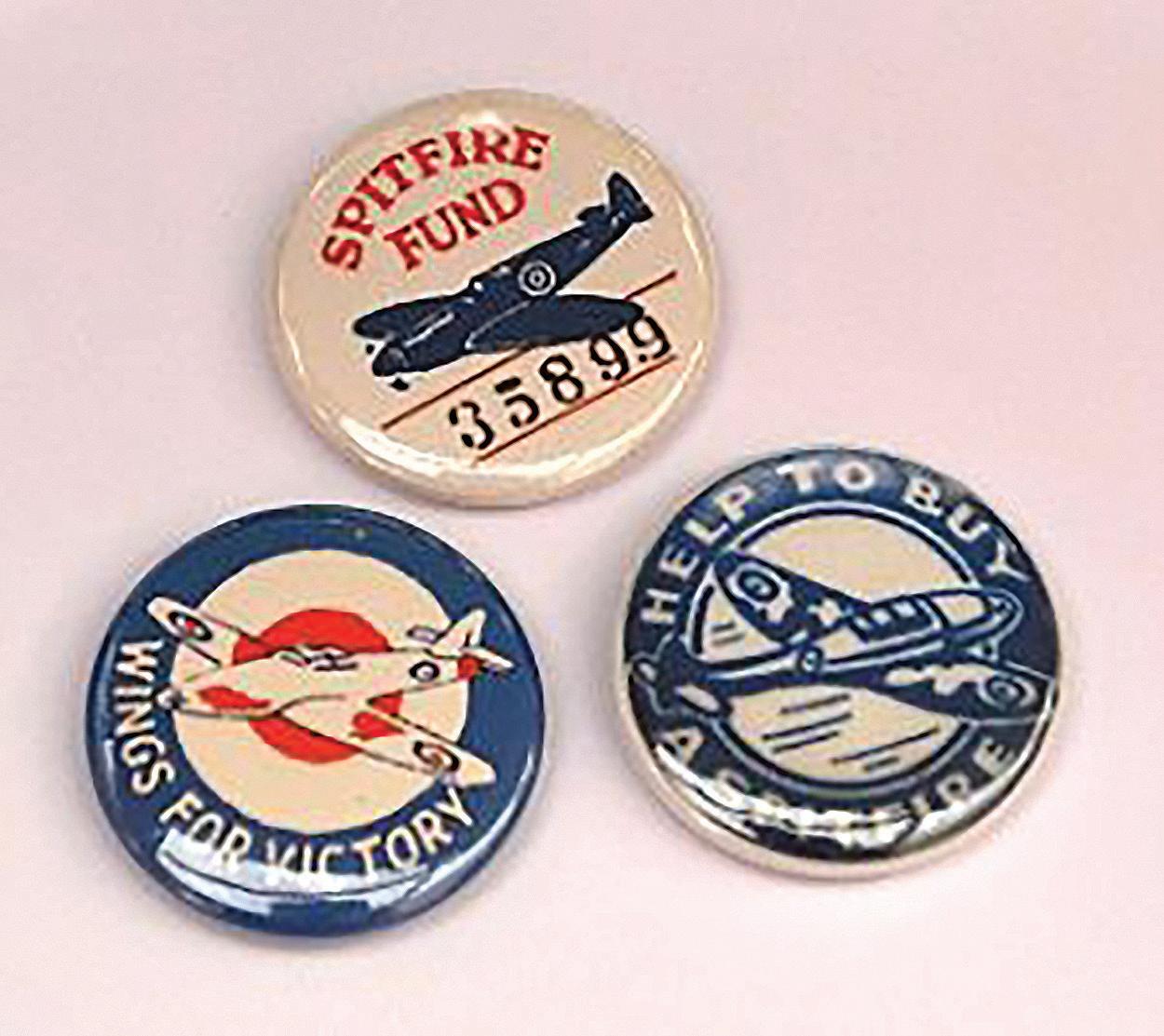

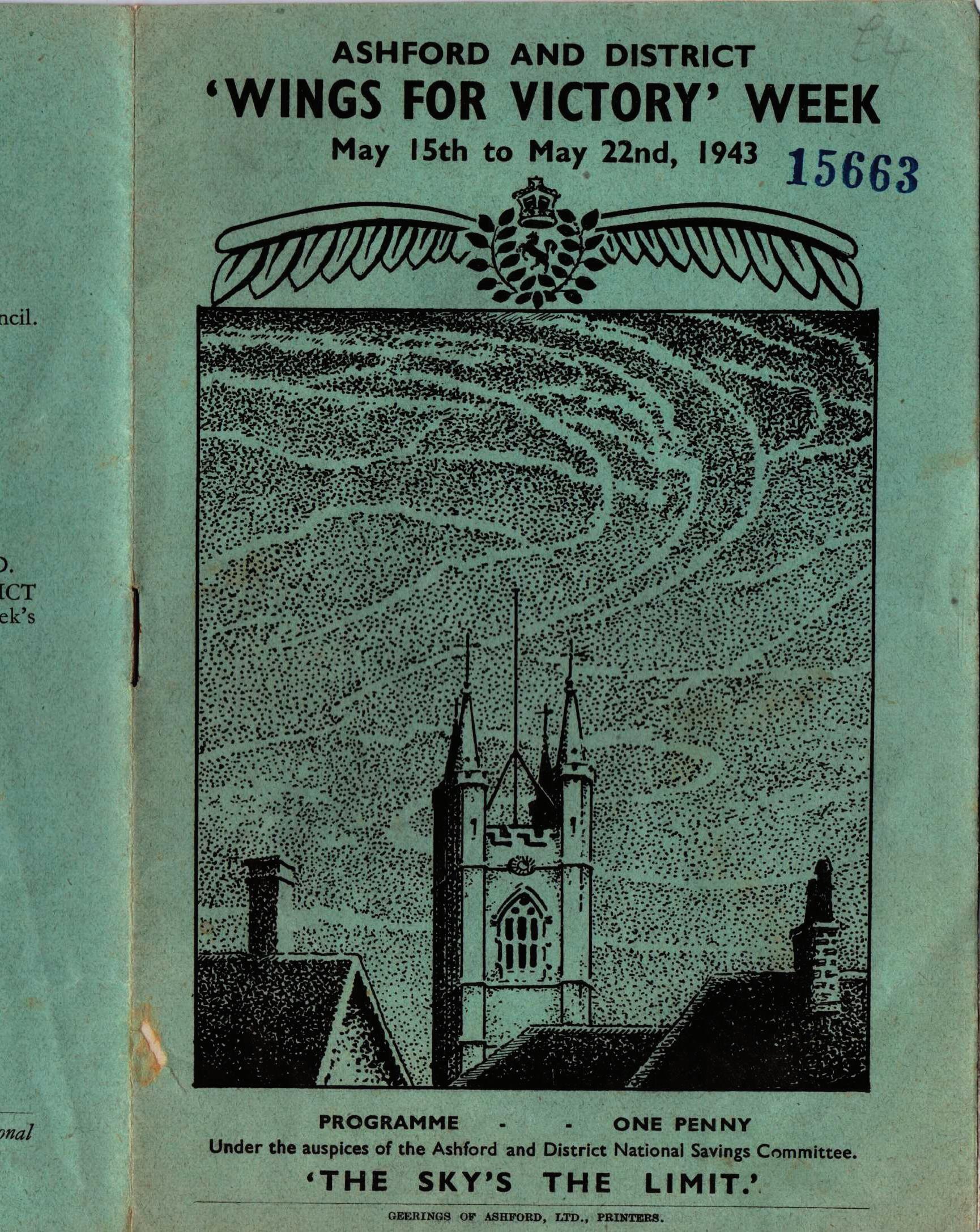
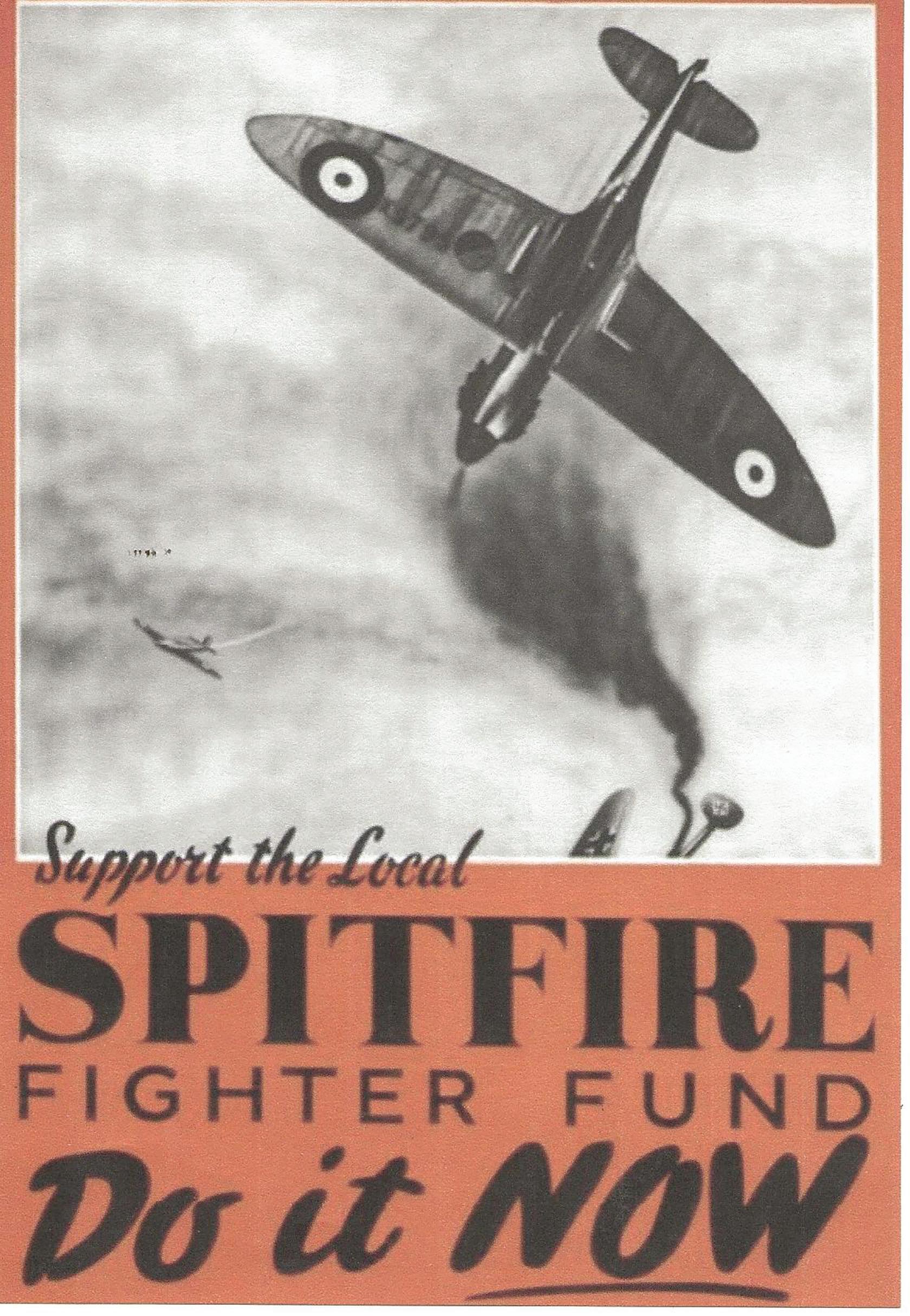 Squadron Leader Robert Stanford-Tuck, CO of No. 257 Squadron, in the cockpit of his Hawker Hurricane Mk I at Coltishall, January 1941. © IWM (CH 1934)
The Kent squadron leader in the cockpit of the Spirit of Kent Lord Cornwallis. © IWM (CH 5896)
Images © Ashford Borough Museum.
Squadron Leader Robert Stanford-Tuck, CO of No. 257 Squadron, in the cockpit of his Hawker Hurricane Mk I at Coltishall, January 1941. © IWM (CH 1934)
The Kent squadron leader in the cockpit of the Spirit of Kent Lord Cornwallis. © IWM (CH 5896)
Images © Ashford Borough Museum.
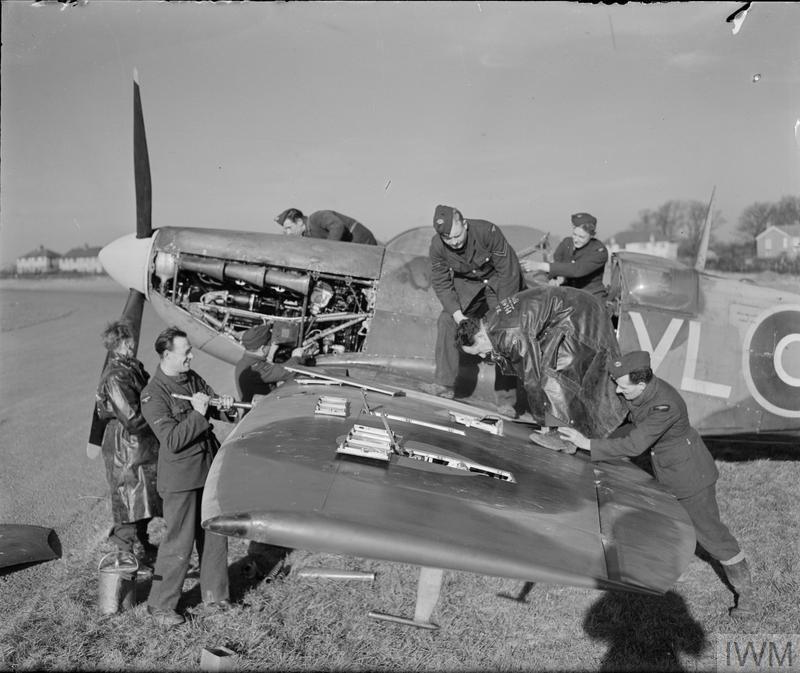
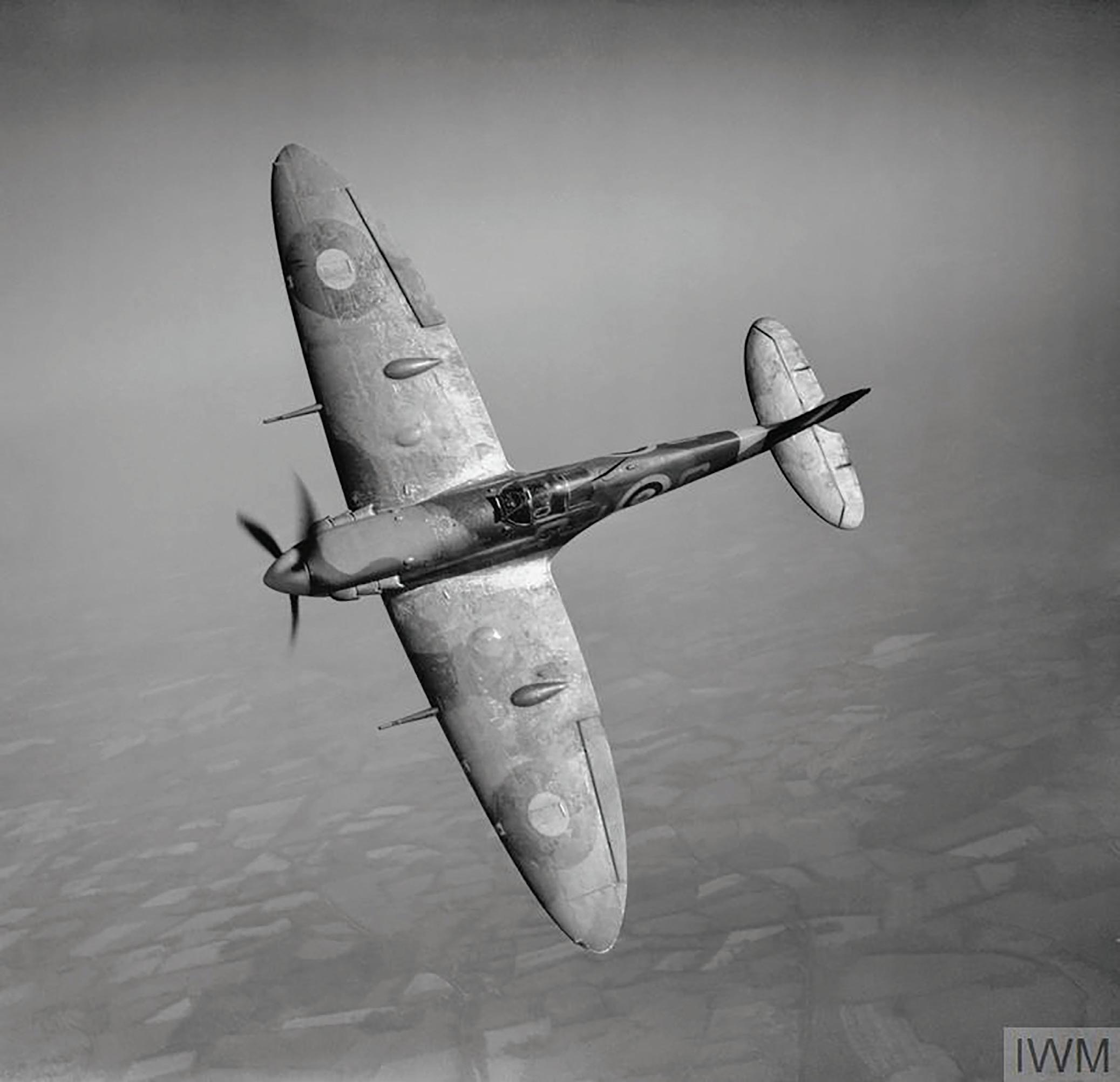
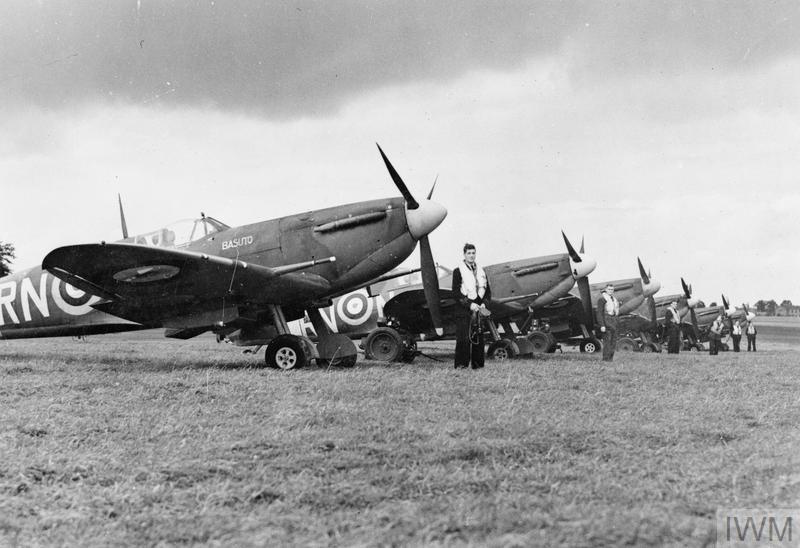
Full name: Supermarine Spitfire
Designer: Reginald Mitchell of Supermarine Ltd
Maiden Flight: 5 March 1936
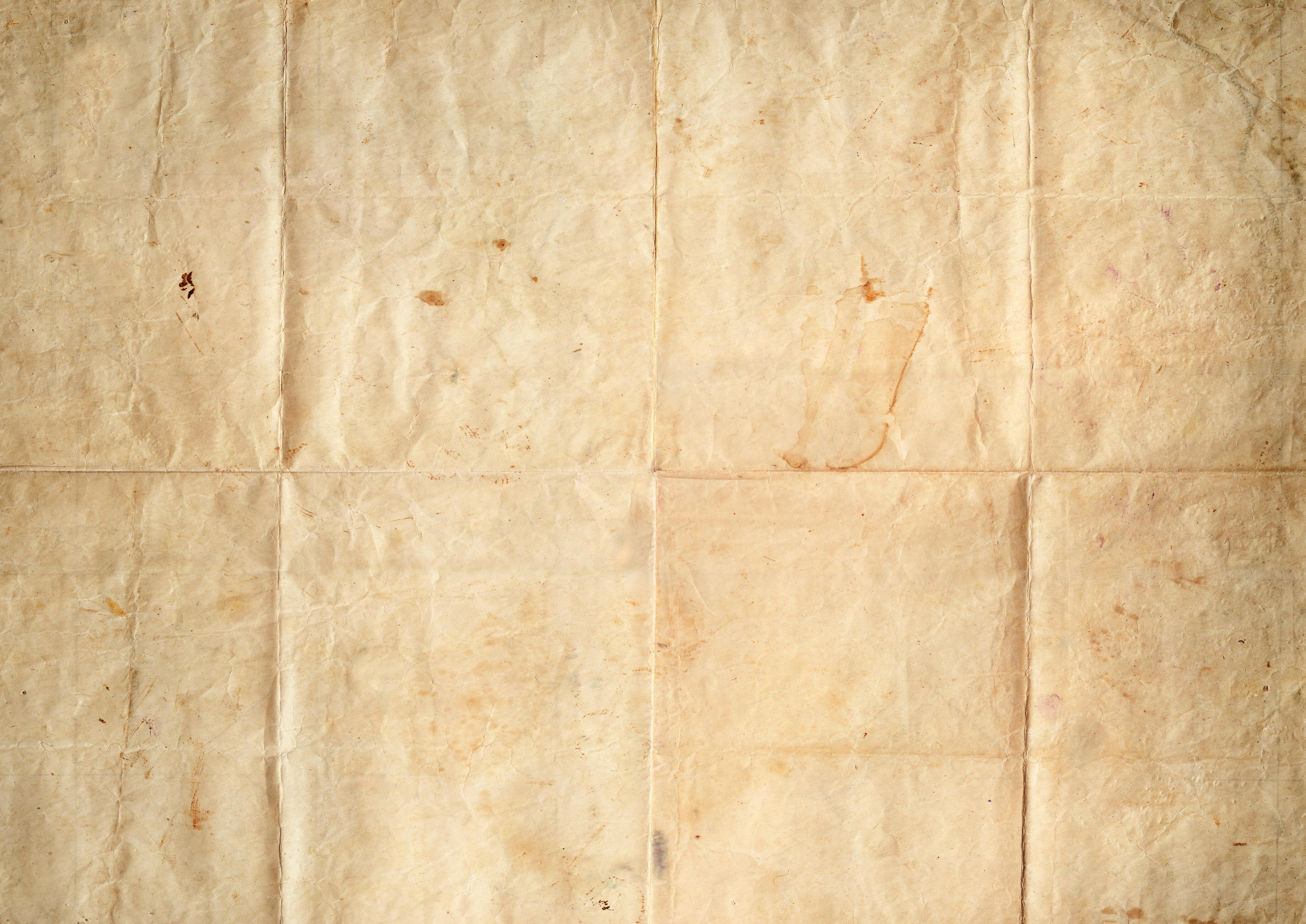


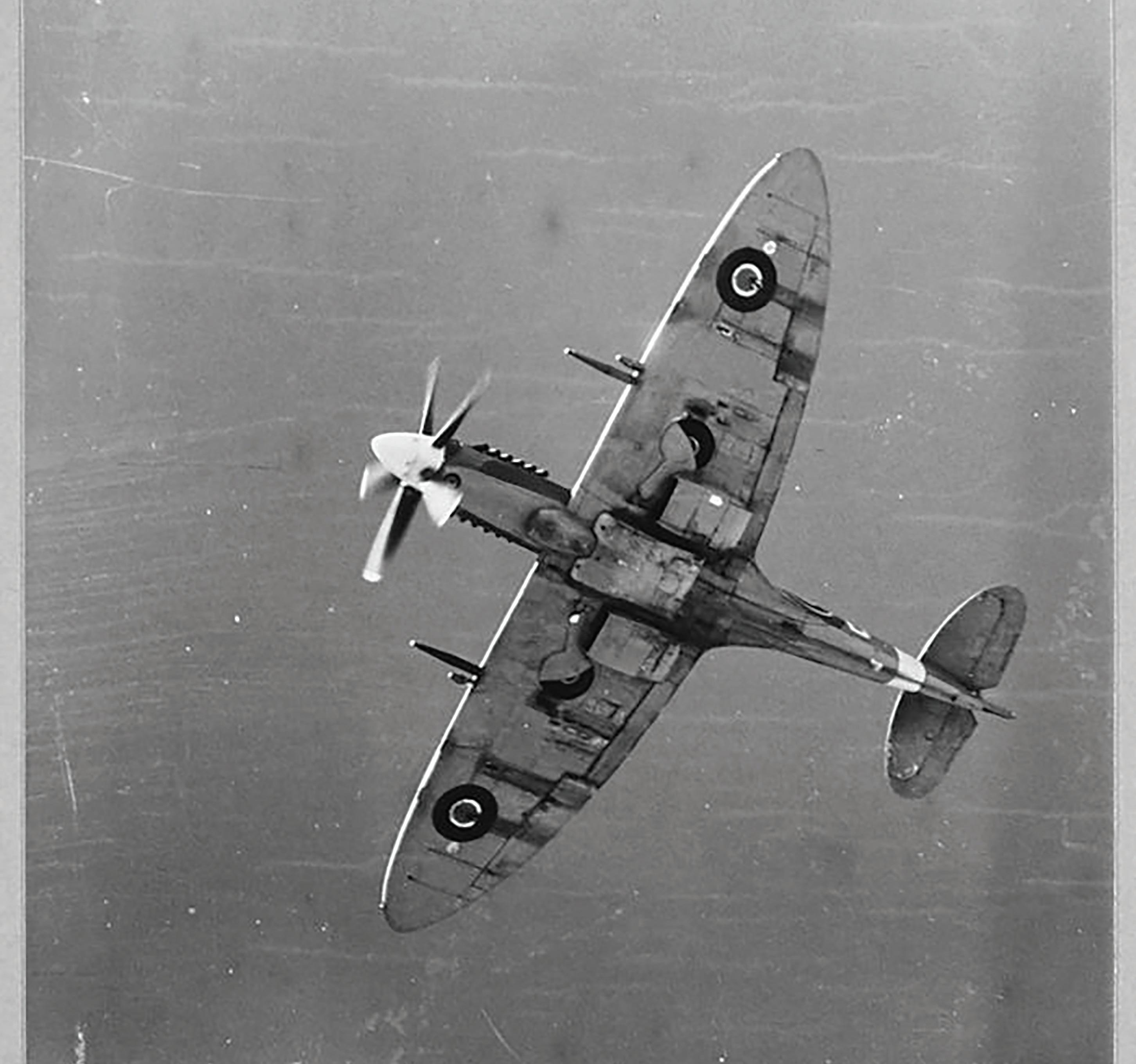
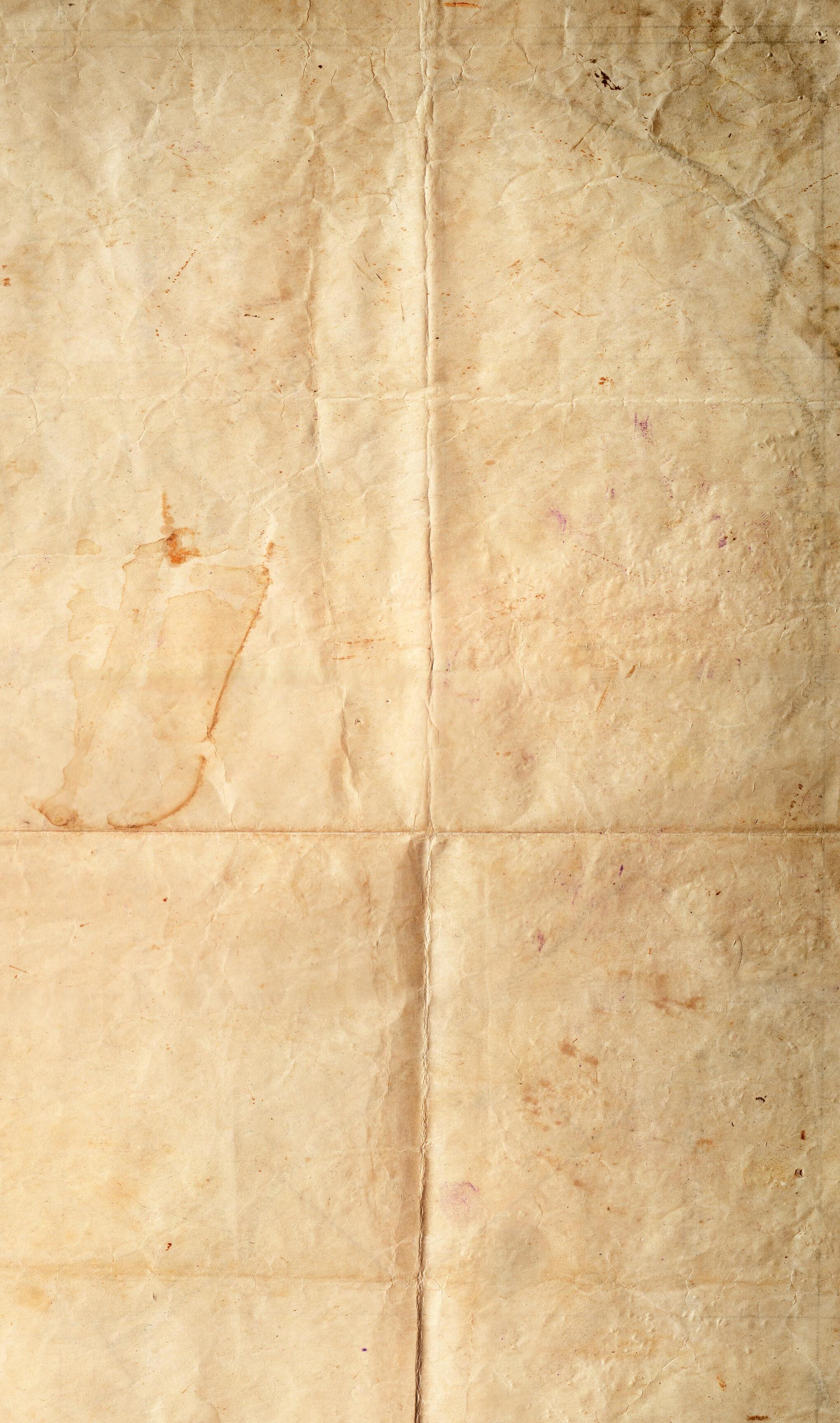
Engine: 1,000-horsepower Rolls-Royce Merlin engine. In 1943, Spitfires were produced with Rolls-Royce Griffon engines.
Performance: The Merlin engine could reach 34,000 feet (10,400 meters) with a top speed of 360 miles (580 km) per hour. The Griffon engines altitudes of 40,000 feet (12,200 meters) and top speeds of 440 miles (710 km) per hour.
Weapons: Eight wing-mounted 0.303-inch (7.7-mm) machine guns.
Production: By the end of the war, the Spitfire had been produced in more than 20 versions. When production ceased in 1947, 20,334 Spitfires had been produced. Fighter versions of the Spitfire were dropped from RAF service during the early 1950s, while photo-reconnaissance Spitfires continued in service until 1954.
The Mk XIV Spitfire in the air, 1944. © IWM (CH 13813) Pilots of No. 72 Squadron RAF in front of their Supermarine Spitfire Mark VBs at either Gravesend or Biggin Hill, Kent. In the foreground stands Squadron Leader D F B Sheen, Commanding Officer of the Squadron from April to October 1941. © IWM (CH 18996) Ground crew service a Spitfire LF Mark VB of No. 322 (Dutch) Squadron RAF at Hawkinge, 1 February 1944. © IWM (CH 12171) © Peter King. Supermarine Spitfire Mk Vb of No. 92 Squadron, 19 May 1941. This aircraft, serial R6923, was shot down by a Messerschmitt Bf 109 on 22 June 1941. © IWM (CH 2929)